 COPD (Chronic Obstructive Pulmonary Disease) affects more than 11 million people in the United States.1 Though many have heard of this umbrella term used to describe progressive lung diseases, you may be unfamiliar with the different types of COPD that can cause you or a loved one to experience chronic symptoms or recurring flare ups.
COPD (Chronic Obstructive Pulmonary Disease) affects more than 11 million people in the United States.1 Though many have heard of this umbrella term used to describe progressive lung diseases, you may be unfamiliar with the different types of COPD that can cause you or a loved one to experience chronic symptoms or recurring flare ups.
According to the COPD Foundation, there are three different types of COPD2:
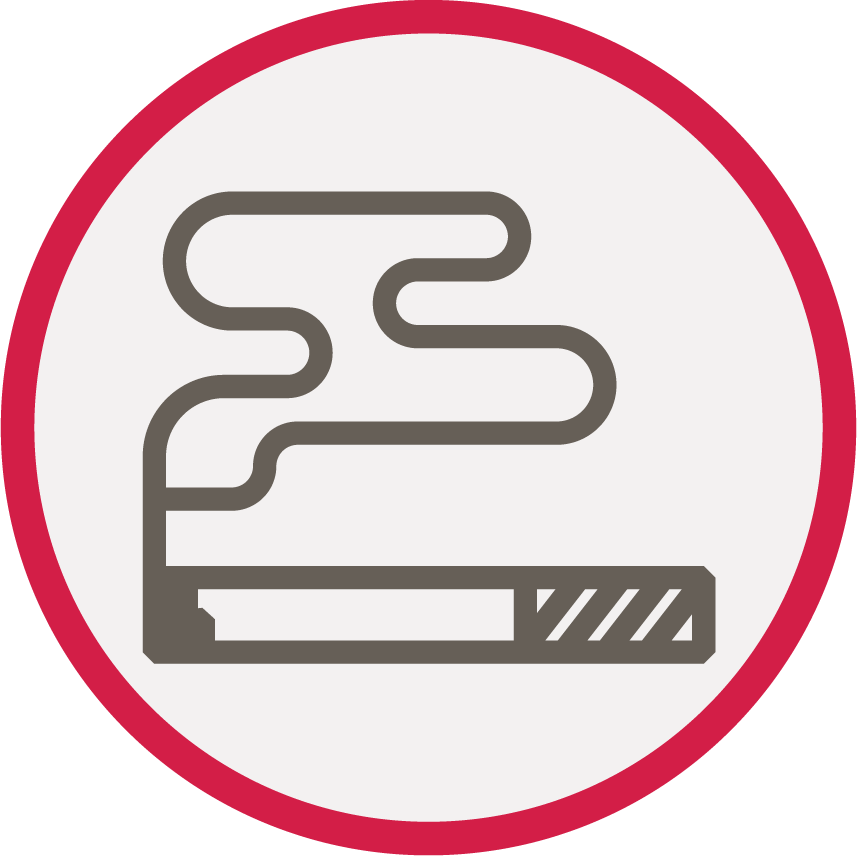 Emphysema: A condition often associated with tobacco smoking, emphysema can damage the lung’s air sacs, making breathing more difficult.3
Emphysema: A condition often associated with tobacco smoking, emphysema can damage the lung’s air sacs, making breathing more difficult.3
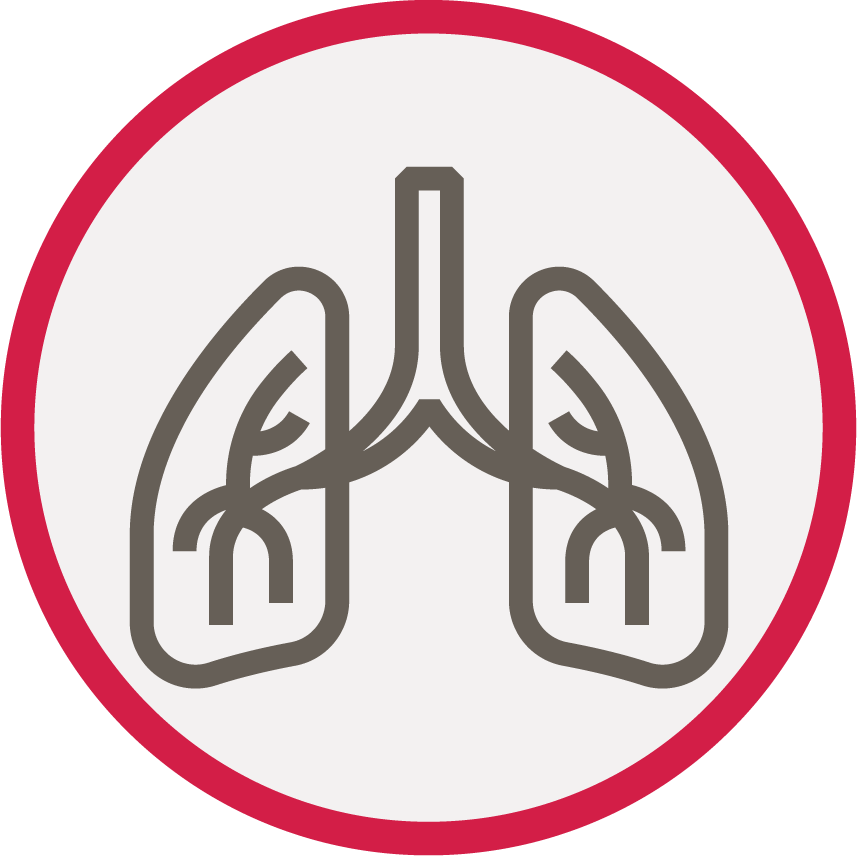 Chronic Bronchitis: When people experience damage to their bronchial tubes from being irritated and swollen for a continuous period of time, clearing mucus from the lungs becomes much more difficult, causing frequent coughing and inflammation.4
Chronic Bronchitis: When people experience damage to their bronchial tubes from being irritated and swollen for a continuous period of time, clearing mucus from the lungs becomes much more difficult, causing frequent coughing and inflammation.4
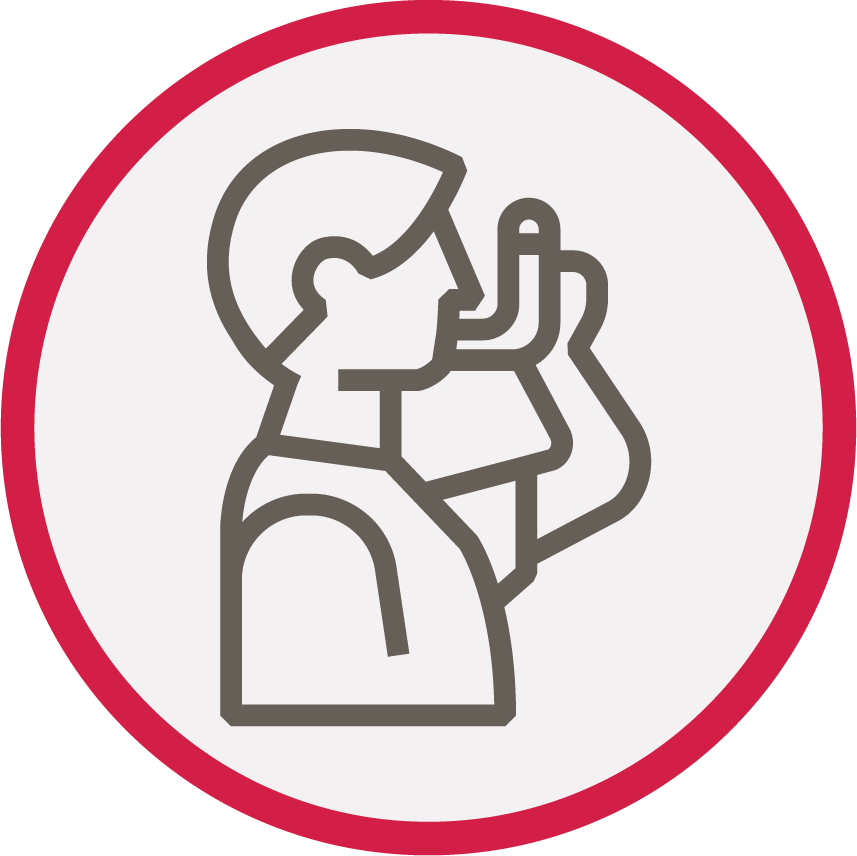 Refractory Asthma: This type of asthma does not respond to medications that help open up the airways, resulting in shortness of breath.4
Refractory Asthma: This type of asthma does not respond to medications that help open up the airways, resulting in shortness of breath.4
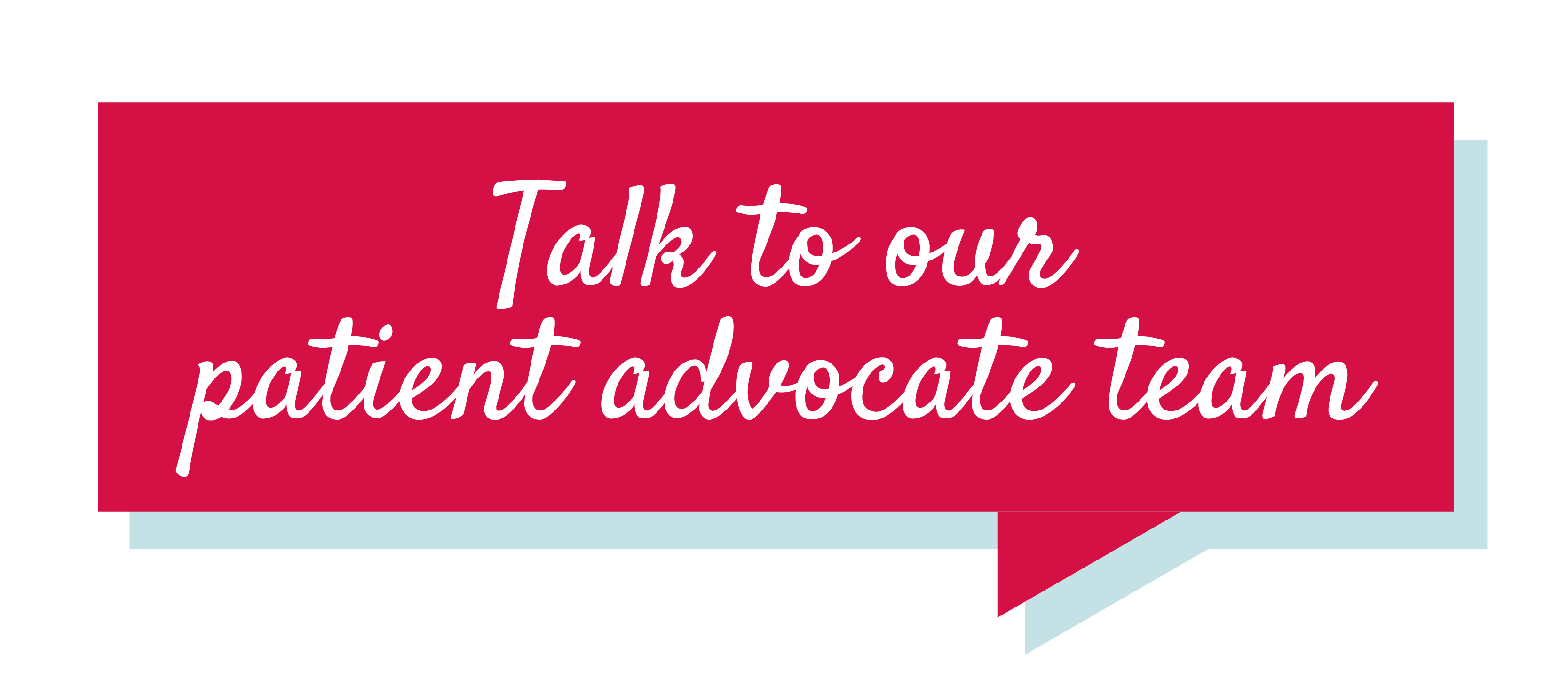 In addition to these three conditions, there are different severity levels of COPD. The Lung Institute separates COPD into four categories: mild (stage 1); moderate (stage 2); severe (stage 3); and very severe (stage 4)5. Because COPD symptoms can develop slowly, like frequent coughing or shortness of breath, a person may not realize they have a chronic pulmonary condition until their symptoms worsen over time.
In addition to these three conditions, there are different severity levels of COPD. The Lung Institute separates COPD into four categories: mild (stage 1); moderate (stage 2); severe (stage 3); and very severe (stage 4)5. Because COPD symptoms can develop slowly, like frequent coughing or shortness of breath, a person may not realize they have a chronic pulmonary condition until their symptoms worsen over time.
What is the Treatment for COPD?
The best way to treat COPD, as with any pulmonary condition, is through early intervention. To help manage symptoms, a doctor may prescribe certain medications (such as antibiotics, anti-inflammatory medicines, or bronchodilators), inhalers, or other forms of respiratory therapy. However, a person living with an overlap of COPD and bronchiectasis symptoms (comorbidity) may require a different treatment plan to help reduce symptoms and stabilize lung function.
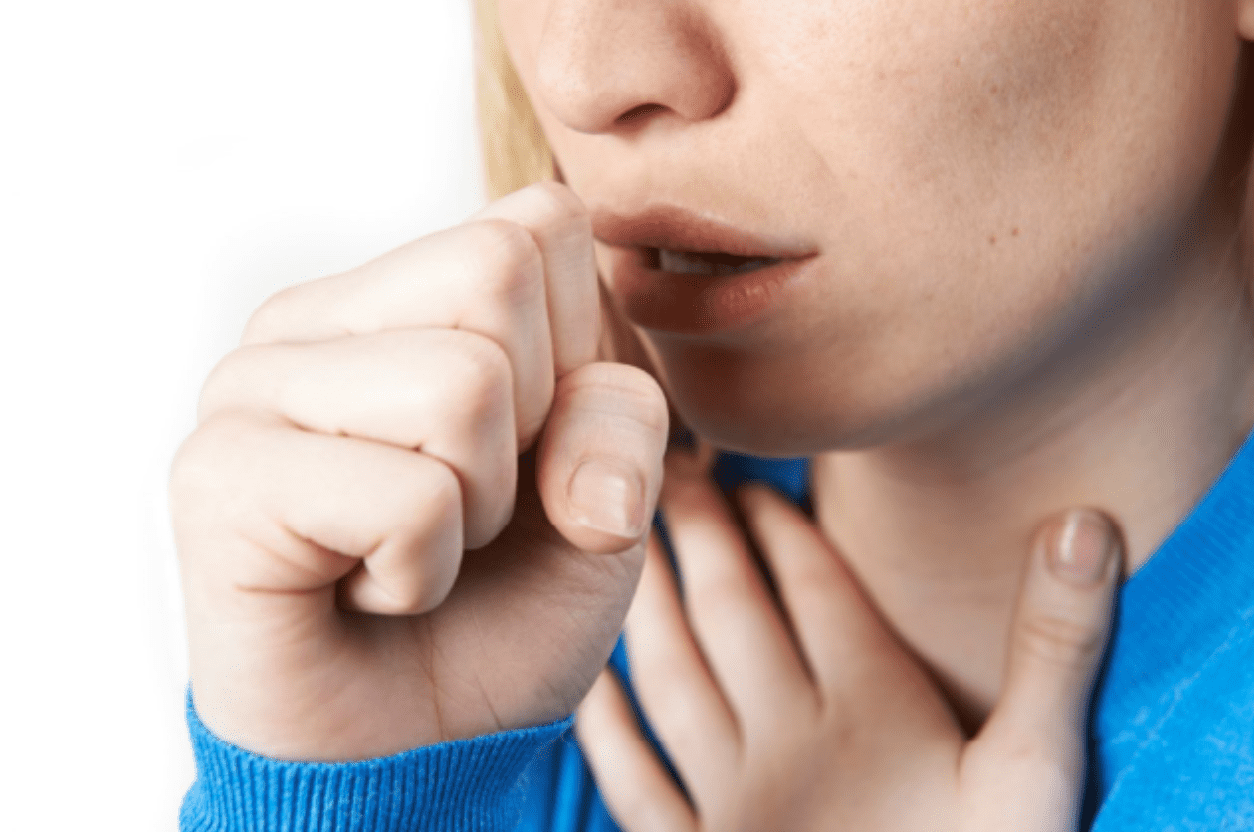 Is your loved one living with COPD and experiencing the following symptoms?
Is your loved one living with COPD and experiencing the following symptoms?
- Chronic cough that produces mucus
- Recurring respiratory infections
- Wheezing or tightness in the chest
If the answer is yes to the above symptoms, it may be time to ask a doctor about getting a high-resolution computerized tomography (HRCT) scan to check for bronchiectasis, as each of these are symptoms of bronchiectasis and COPD comorbidity.
Airway clearance, in combination with certain medications, is an effective treatment for bronchiectasis management. The SmartVest Airway Clearance System, a high frequency chest wall oscillation (HFCWO) therapy device, helps people breathe easier and live better by managing symptoms to prevent mucus build-up in the airways that cause respiratory infections. If you or a loved one receives a bronchiectasis diagnosis with COPD, our support team can help you through the prescription process.

